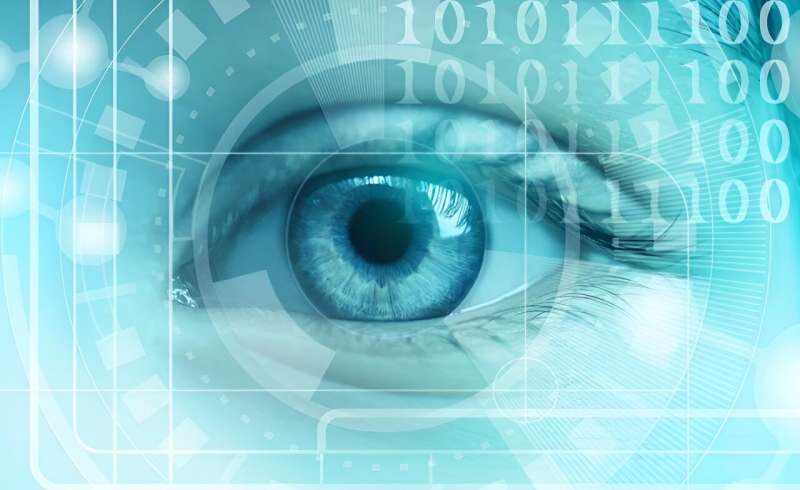This article has been reviewed according to Science X's editorial process and policies. Editors have highlighted the following attributes while ensuring the content's credibility:
fact-checked
reputable news agency
proofread
Machine learning can predict eyes at risk for diabetic retinopathy progression

Automated machine learning models may help identify eyes at risk for diabetic retinopathy (DR) progression based on ultra-widefield retinal images, according to a study published online Feb. 8 in JAMA Ophthalmology.
Paolo S. Silva, M.D., from Harvard University in Boston, and colleagues assessed whether automated machine learning models using ultra-widefield retinal images predict DR progression. The analysis included 1,179 deidentified ultra-widefield retinal images with mild or moderate nonproliferative DR (NPDR) with three years of longitudinal follow-up.
The researchers found that the model's area under the precision-recall curve was 0.717 for baseline mild NPDR and 0.863 for moderate NPDR. In the validation set, for eyes with mild NPDR, sensitivity was 0.72, specificity was 0.63, and accuracy was 64.3 percent, while for eyes with moderate NPDR, performance was 0.80, 0.72, and 73.8 percent, respectively.
The validation set identified six of nine eyes (75 percent) with mild NPDR and 35 of 41 eyes (85 percent) with moderate NPDR that progressed two steps or more. The model identified all four eyes with mild NPDR that progressed within six months and one year, as well as eight of nine (89 percent) with moderate NPDR that progressed within six months and 17 of 20 (85 percent) that progressed within one year.
"Potentially, the use of machine learning algorithms may refine the risk of disease progression and identify those at highest short-term risk, thus reducing costs and improving vision-related outcomes," the authors write.
More information: Paolo S. Silva et al, Automated Machine Learning for Predicting Diabetic Retinopathy Progression From Ultra-Widefield Retinal Images, JAMA Ophthalmology (2024). DOI: 10.1001/jamaophthalmol.2023.6318
Lanqin Zhao et al, Automated Machine Learning for Diabetic Retinopathy Progression, JAMA Ophthalmology (2024). DOI: 10.1001/jamaophthalmol.2023.6778
Copyright © 2024 HealthDay. All rights reserved.





















